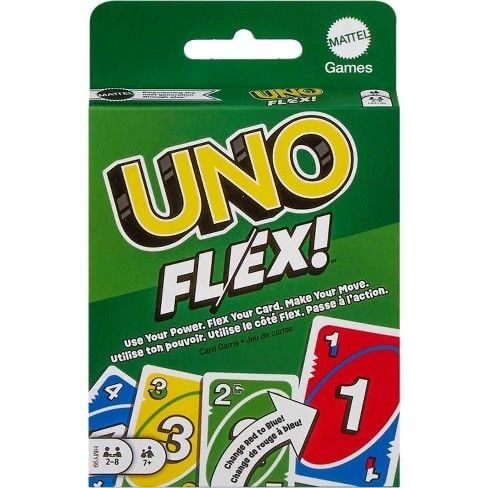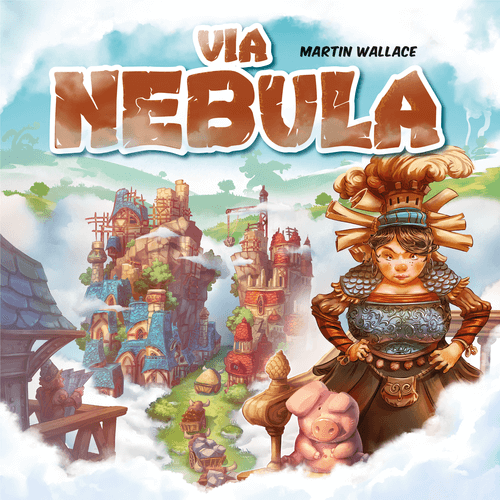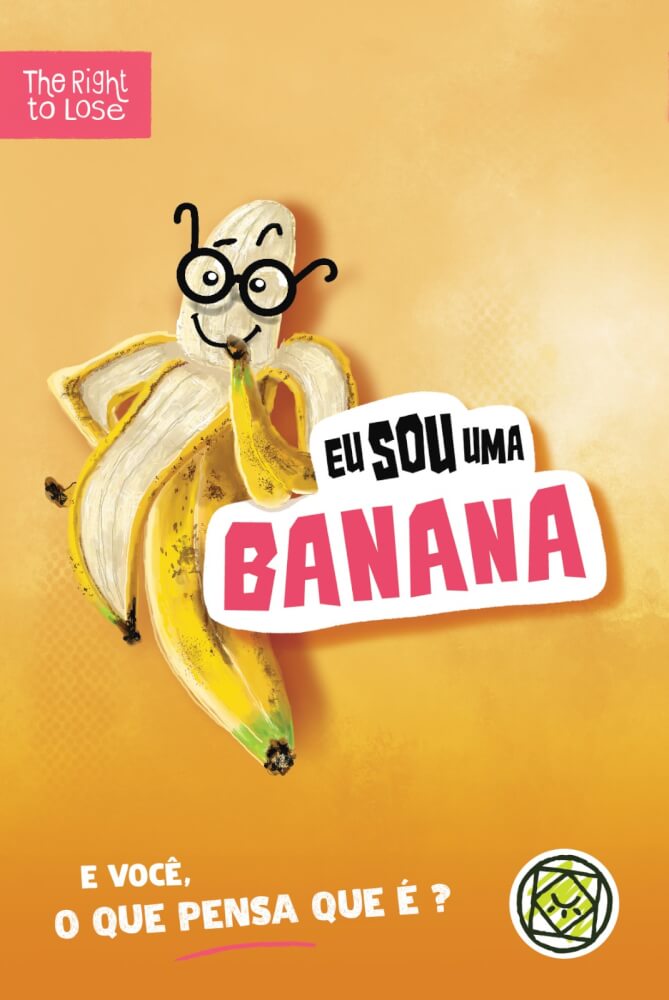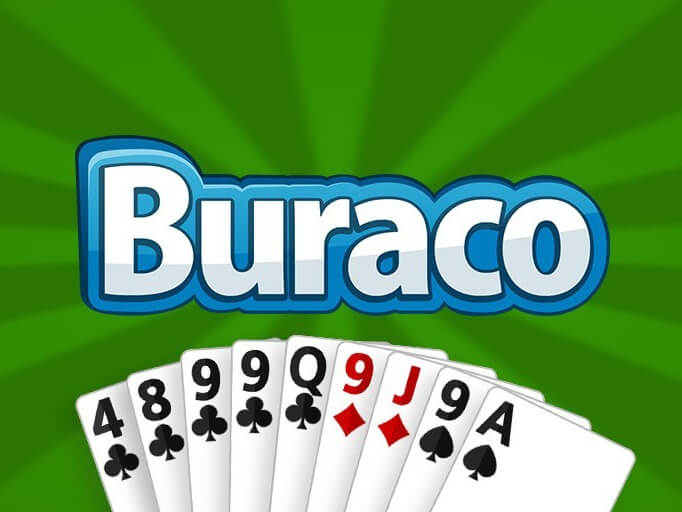
Hole
Buraco is a highly strategic card game traditionally played by four players, organized in pairs or individually. Using two complete decks, including jokers, the main objective is to form combinations and sequences of cards in order to score points. Buraco originated in Uruguay in 1939, when it was created by Segundo Santos and Alberto Serrato. Since then, the game has spread rapidly throughout South America, especially in Brazil, where it has become a real classic. The rules of Buraco are similar to other variants of canasta games, and its popularity grew over the following decades, with adaptations and improvements in each new region where it was introduced. At family and social gatherings, Buraco provides an atmosphere of friendly competition and strategic thinking, making it a perfect choice for those looking for fun and interaction with friends and family.Artists: ;
Designers: Segundo Santos; Alberto Serrato
Date: 1939
Note: 6.8
Mechanics: Collecting Sets, Push your luck, Hand Management, Team play
Table of Contents
- How to Play
- Tips for playing
- Game mechanics
- Game components
- Additional Information
OBJECTIVE OF THE GAME
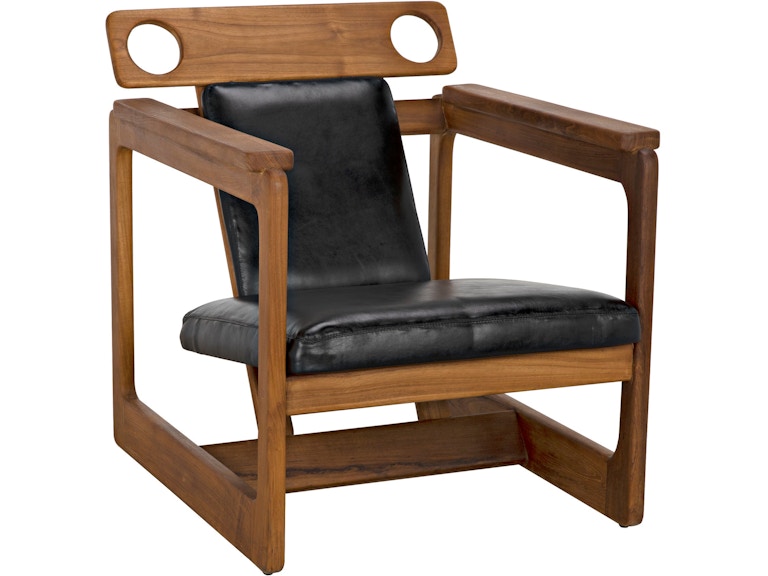
Tips for playing
Here are some tips for doing better in the game Hole:
- Prioritize discarding single cards that cannot be easily connected to sequences.
- Try to form pure sequences without jokers to accumulate more points.
- Keep an eye on your opponents' discarded cards to adjust your strategy.
- Try to close a "fair game" quickly to gain an advantage over your opponents.
- Resist the temptation to keep jokers for too long; use them to complete important sequences.
- Get the distribution of the cards in your hand right, balancing between pairs and tricks.
- Avoid having too many cards in your hand at the end of the round to minimize penalties.
- Be aware of the cards your partners are also looking for; play collaboratively.
Video about the game
GAME mechanics
- Collecting Sets: In Buraco, players must form sets of cards of the same value, called tricks or canasts. The trinkets are made up of three or more cards of the same value, and can include wild cards to complete the sequence. The goal is to maximize the number of trinkets, which are trinkets of seven or more cards, differentiated between clean trinkets (without jokers) and dirty trinkets (with jokers), with the clean ones being worth more points.
- Push your luck: During the game, it is possible to obtain cards from the discard pile, choosing between buying from the deck or taking all the cards from the discard, which can be advantageous if there are too many valuable cards to complete sets in your hand. This act of daring can create opportunities to form better combinations, but it also increases the amount of cards in your hand, which can make management difficult and make you susceptible to penalties if you're unable to get the sets down.
- Hand Management: Players must balance the collection of cards to form canasta, while maintaining a hand of cards that doesn't overload. It's essential to decide which cards to hold, which to put down and when to do so, as holding too many cards can result in being left with negative points if the opponent ends the game early. Part of management is knowing when to discard cards that aren't useful for forming valuable tricks or preventing the opponent from completing their tricks.
- Team play: Hole is usually played in pairs. Communication and synchronization between partners are key. While one partner can concentrate on building canastras, the other can focus on the strategy of limiting the opponent's opportunities, through strategic discarding or blocking cards. The ability to share objectives and adapt to others' moves decides the success of the duo during the game.
Game components
See all the items in the game below Hole:
- 2 decks of 54 French cards
- Total of 108 cards
Additional Information
- Ludopedia link: https://ludopedia.com.br/jogo/canastra
- Link Tabletopia:
- Amazon Brazil link: Comprar Buraco
- Amazon USA link: Comprar Buraco
